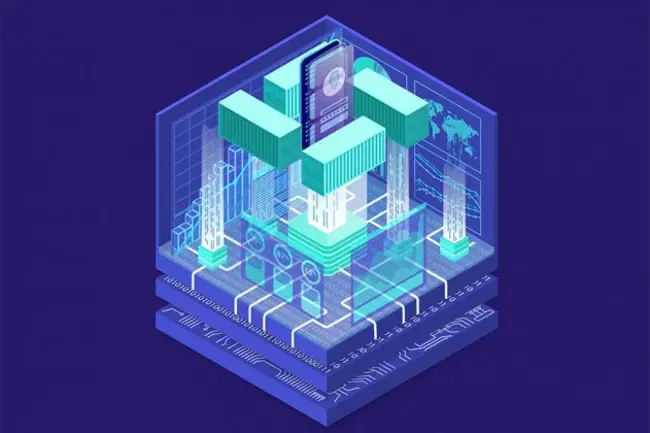Kubernetes and containers have taken the enterprise by storm. This is due to the myriad benefits they contribute to businesses. However, they come with their own security considerations that organisations must be familiar with. Firstly, let's revisit what Kubernetes and containers are. Containers do pretty much what they say on the, well, container. However, to be more specific, containers encapsulate code and everything it needs so that it can run independently from other processes. Kubernetes, on the other hand, is an open-source container orchestration system that automates Linux container operations. The advantages of containers are widespread, but in short, containers enable the independence of platforms. Furthermore, they are also quick to start, create, and destroy and are, overall, very simple to use. The same applies to Kubernetes, which boasts great portability and ease of use. However, it's not all sunshine and roses; both also introduce a new set of security considerations (which could, in part, be due to their ease of use) that businesses must not miss.

Kubernete and container security
Container security necessitates an always-on solution to protect the binary, libraries, and all it stores. However, traditional security policies are simply not applicable to container security; they're simply not up-to-date enough to keep up with the sophisticated container environment. Thus, companies are often left in the dark on how to build container security into their pipeline. Kubernetes can be somewhat helpful in the complexity of container security, but they are also a hotbed for attackers themselves, as it's easy for attackers to identify Kubernetes clusters. As a result, applications across the container life cycle risk compromisation. With Kubernetes and container security being new territory for many organisations, it's best left to the experts, and fortunately, there are some great vendors around to take care of it for you.
StackRox
Protecting cloud-native applications across the entire container life cycle is StackRox. What's special about the StackRox offering is that it's the only Kubernetes-native container security platform. In particular, the company's Kubernetes-native architecture leverages Kubernetes' declarative data and built-in controls to reduce your shrink attack surface and boost overall visibility, among many other perks.
Twistlock
Twistlock delivers full-life cycle, full-stack container security for any platform and public cloud provider. The Twistlock solution utilises layer 3 and layer 7 cloud native firewalls and powerful runtime defence to keep you ahead of next-generation attacks. Thus, it's a brilliantly future-proof solution. What's more, it keeps you on top of your compliance through its compliance management system. That way, you can ensure you're always meeting industry and company policies.
Gitlab
Gitlab encourages integration of security functions and procedures into all development and deployment phases. The Gitlab offering provides container scanning – an invaluable asset to those who distribute their applications with Docker. In particular, the organisation recognises that, with Docker, your image may contain vulnerabilities that could be exploited, and therefore works with you to mitigate this. Also, Gitlab container scanning checks the report and compares any identified vulnerabilities before showing the information on the merge request.
Aqua Security
Aqua provides a flexible solution to meet you where you need it to. In particular, Aqua's layered, full life cycle cloud-native security platform can run on-premise or the cloud. Better still, it can run at any scale, so anyone can take advantage of it. Slotting easily into your existing environment, Aqua scans container images and serverless functions for known vulnerabilities and malware, delivering comprehensive security and compliance as it goes.
Sysdig
As the first unified cloud-native visibility and security platform, Sysdig brings you the confidence you need for your container endeavours. With Sysdig, you can accelerate your transition to containers through their platform to deliver secure microservices. It takes a data-first approach to help you solve problems more intelligently and in such a way that you don't need multiple container security and monitoring tools.
Capsule8
Freeing your SecOps team from a mountain of manual tasks is Capsule8. Through its high-performance attack protection for Linux production environments, Capsule8 gives you and SecOps the confidence to redirect your efforts elsewhere. Furthermore, Capsule8's Runtime Container Security provides comprehensive alerts so you can identify how an attacker entered your production system and which containers are impacted.
To find out more about security, why not check out this podcast with Drew Kilbourne at Synopsys investigating financial security services?







Comments ( 0 )